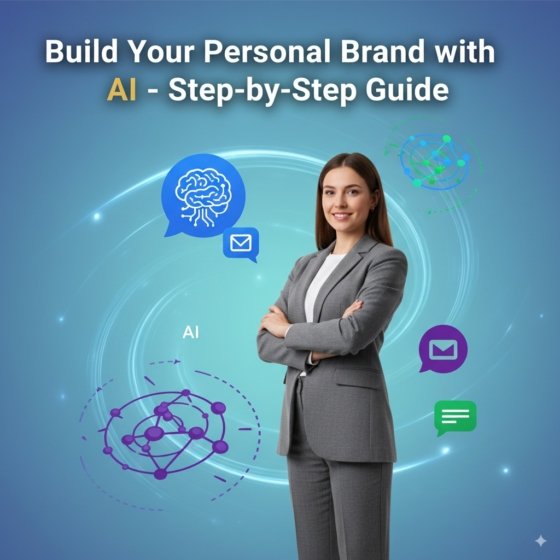AI for Social Media Marketing – How to Work Smarter, Not Harder in 2025
AI for social media marketing is changing the game for businesses and creators.Social media can feel exhausting.You post. You wait. You refresh the stats. And still — silence.I’ve been there too. 😅There were weeks when I spent hours creating ...
How to Build a Personal Brand with AI – Step-by-Step Guide
Your personal brand is your story.It’s how people see you, remember you, and trust you.And guess what? In 2025, AI isn’t just a tool — it’s your creative partner.It helps you define who you are, polish how you show up, and even grow faster th ...
AI Web Design: How Artificial Intelligence is Transforming Websites in 2025
IntroductionWeb design has always been about creativity, usability, and innovation. But in 2025, a new player is changing the game — Artificial Intelligence (AI). From generating layouts to personalizing user experiences, Artificial intellige ...


